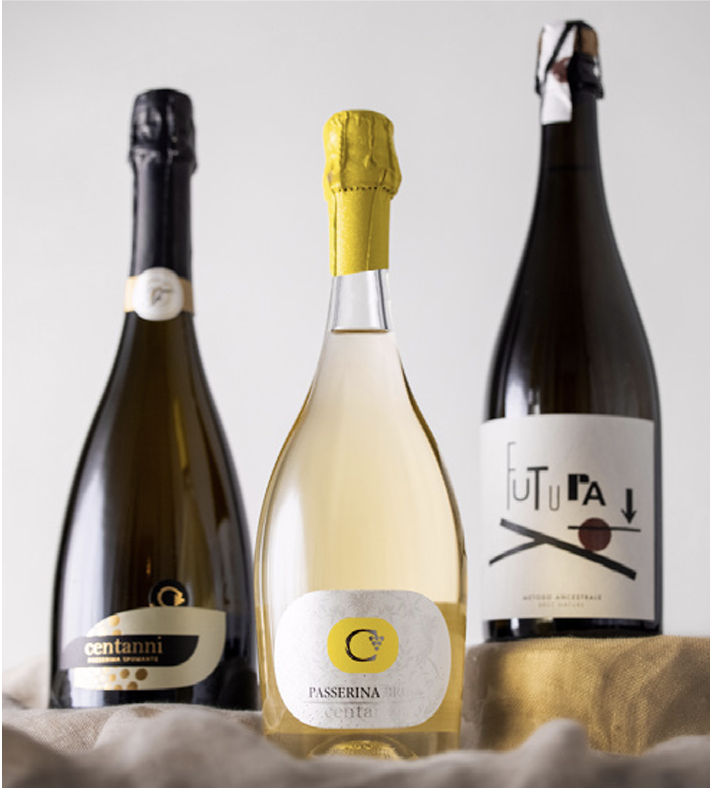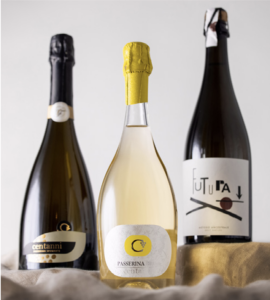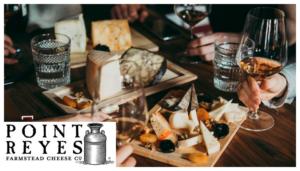Understanding Italian Sparkling Wine
The sparkling winemaking process in Italy is defined by the method the winemaker uses to produce its effervescent bubbles. The two main methods used in Italy are the Metodo Classico, Classic Method, and the Methodo Charmat, Charmat Method, also known as the Metodo Martinotti or Martinotti Method. In all methods the same process is used to begin the first phase of the winemaking process, exactly the same process as wine, however, when the job of still wine fermentation is almost completed, the real work is just beginning for sparkling wines because they must undergo a second fermentation to create bubbles. A very small amount of sugar and yeast is added to the wine to initiate the second fermentation. The second fermentation must be done in a closed container, either in the bottle, Metodo Classico, or in a tank, Methodo Charmat, so the carbon dioxide created during the fermentation is trapped and dissolves into the wine as pressure builds.
Metodo Classico
1. Harvesting, Pressing, Primary Fermentation and Assemblage Grapes for sparkling wines are picked earlier during harvest to retain its acidity to make the base. The grapes are pressed and the juice is fermented into wine. This is the first stage of fermentation. The wine is usually dry (no sugar is left) and the alcohol percentage is low (around 10%). It’s common practice for winemakers to blend wines (allowed in the territory if the label has a denomination). The blending of the base wine is referred to as the assemblage process.
2. Tirage, Bottling and Secondary Fermentation Tirage is when the sugar and yeast are added to the base wine prior to bottling. This is necessary for the second fermentation to take place in the bottle. Crown caps (not corks) are used to trap the carbon dioxide that is produced by the yeast consuming the sugar. As a result, the alcohol percentage also rises and bubbles are created.
3. Aging and Riddling This is the lengthy, labor-intensive and expensive stage of the Metodo Classico sparkling wine production. The yeast that was added in tirage stage eventually dies once they’ve consumed all the sugar and then they rest at the bottom of the bottle. This process contributes to the creaminess, brioche and toasty notes typically found in aged Metodo Classico sparkling wines. Riddling is performed to bring the yeast lees from the bottom of the bottle to the neck of the bottle. Many winemakers continue to use the very time consuming traditional method of riddling by hand, or turning every single bottle by hand to gradually turn and tip the bottle over time to bring the yeast lees to the neck of the bottle.
4. Disgorging, Dosage, Corking and Labeling Disgorging happens once the Metodo Classico sparkling wine has been aged to its requirements. The neck of the bottle is dipped into extremely cold glycol to freeze the yeast lees. The crown cap is then popped off, allowing the frozen yeast plug to shoot out of the pressurized bottle. Some wine is lost as a result so wine is added back into the bottle which is made up of the base wine, also know as the dosage process. Sugar is added prior to corking with a sparkling wine cork and secured with a wire cage.
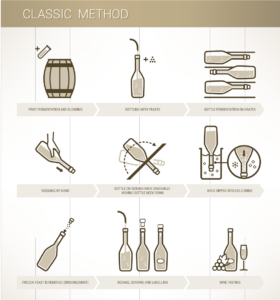
Methodo Charmat
In the late 19th century, an Italian inventor named Frederico Martinotti, invented a new process for making sparkling wine in a large sealed barrel. He wanted to create a sparkling wine from aromatic grapes that were not suitable to use in the Classic Method because the yeastiness created during the second fermentation would not benefit the aromatic grapes. This invention was later refined by Eugene Charmat, by building an airtight stainless steel tank, known as the Methodo Charmat, Charmat method, or the Tank Method. This method creates a sparkling wine that retains its freshness and fruitiness. The main difference between the Tank Method and Classic Method is that the secondary fermentation occurs in stainless steel tanks instead of in the bottle.
Charmat Method sparkling wine production still requires the harvesting, pressing, primary fermentation and assemblage, exactly the same process used in the Classic Method. However, when it comes to tirage and secondary fermentation, these happen inside the tank. Aging is not typically part of this process, as the style of these wines focus more on the wine’s freshness and fruitiness. Once secondary fermentation is finished, the sparkling wine is filtered prior to dosage, bottling and labeling.
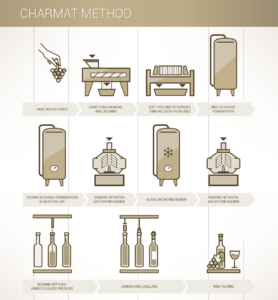
Explore the Yours Truly, Wine Sparkling Wines selections, using both Metodo Classico e Metodo Charmat.



